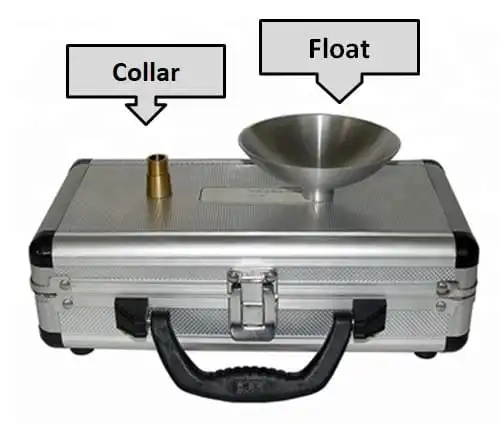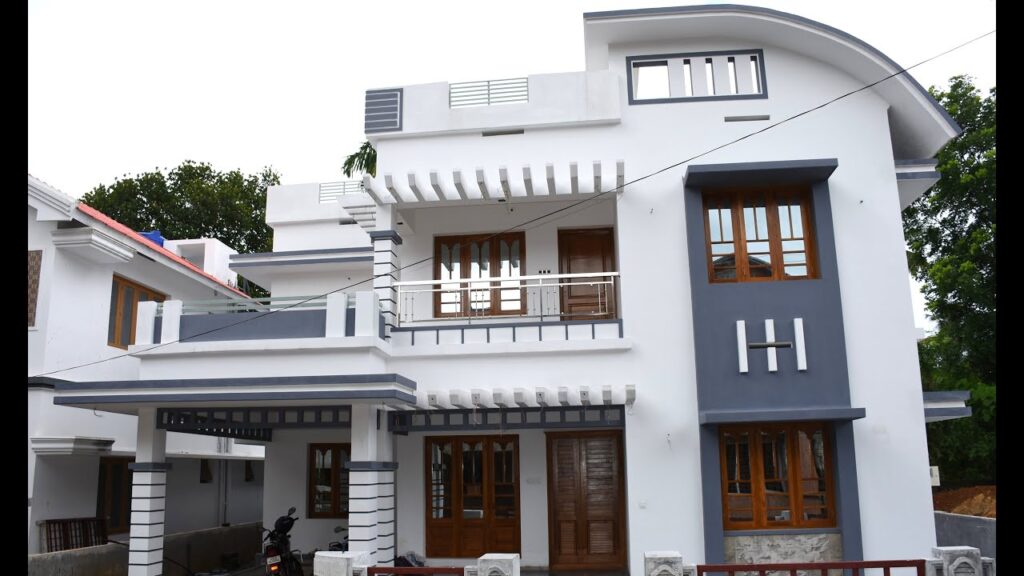Brick veneer is a non-structural brick layer that is often applied to the outside of a building and is held up by air space. Brick veneer and brick masonry construction both use the same materials, however brick laying is done using a distinct building technique. Brick veneer’s inner layer may be composed of metal, wood, or concrete. Before we begin, it’s critical to understand the minor differences between brick veneer and brick masonry construction.
Stone Brick vs Brick veneer
The main difference is that in stone-built homes, structural loading is supported by walls made of brick or stone. However, brick veneer is not strong enough to support a house’s weight. It is often utilised in a decorative way. Even if the walls’ brick veneer is taken off, the house won’t fall. Rather, it will stay motionless. A house made of stone bricks will collapse if the masonry or bricks are removed.
Two layers of brick or stone are used for constructing a wall made of stone or masonry. Brick is utilised to create a single outside wall layer when it comes to brick veneer. While the inner layer is composed of wood, metal, stone, or concrete blocks. Stone walls are definitely stronger, even if brick veneer walls are better insulated and suitably durable.
Brick veneer’s advantages
The following are brick veneer’s advantages:
- It takes little time to install and is not too complicated.
- The need for labour or manpower is declining.
- Brick veneered walls are lighter than other types of wall covering. Because of the decreased structural loading, foundation and structural support costs have decreased.
- There may be insulating voids in brick veneer walls.
- It looks elegant and needs very little maintenance. Furthermore, painting is not required.
- They are sturdy and fire-resistant.
The application of brick veneer
The steps outlined below provide a thorough breakdown of how to apply brick veneer to a wall:
Step 1: Prepare the wall for tiling. Prior to installing brick veneer, make sure the wall is clean and smooth. The proper adhesion of the adhesive is impeded by dust and debris. Place the bricks in order while holding a level and a ledger.
Step 2: Cutting the Bricks: After you’ve completed cleaning, you may start cutting the bricks using a saw or grinder with a diamond blade.
Step 3: Installing corner bricks: Beginning at the button corner, press a whole brick to the outer edge of the bottom corner of the wall. To continue upward in an alternate pattern of full-half-full-half, use a thin brick that has been half-cut.
Step 4: Installing complete rows: Starting at the bottom and working your way up, the same process has to be followed. Now that you have finished the first row, or “course,” you may go back to the wall’s base and start running the whole brick.
Step 5: Check to make sure the rows are level Always make sure the rows are positioned in a straight line.
Step 6: Making Space for Grouting: Grout joints need to be created between adjacent bricks or between the top and bottom rows. The width of grout joints may vary from 3/8″ to 1/2″.
Step 7: Installing the remaining bricks: Once you reach the halfway point, you may continue with the previously outlined process to place the bricks all the way up to the ceiling.
Step 8: Grouting – Allow the bricks to cure for at least 24 hours after placing them. Following that, you may fill up the grout joints with Portland cement.
How to determine whether your home’s siding is brick veneer
You might try to utilize certain methods to determine if your property is double brick or brick veneer.
- Check the building date; after the 1950s, brick veneer gained a lot of popularity. If your house was built earlier, it is more likely to have double brick.
- If an interior wall sounds hollow when you tap it, it’s most likely brick veneer.
- Check the depths of the window and doorpost (or doorjamb). A double-brick home’s features are most likely deeper since the walls are two bricks thick.
Why do insurers ask questions about brick veneer?
Insurers ask about the design of your home because it influences how resilient it is to problems like pests, strong winds, and fire. While double-brick homes are often more durable (though there are exceptions), brick veneer homes are typically less costly to build.
Remember that accurate information regarding your home is essential, since providing inaccurate information might result in the rejection of your claims.







